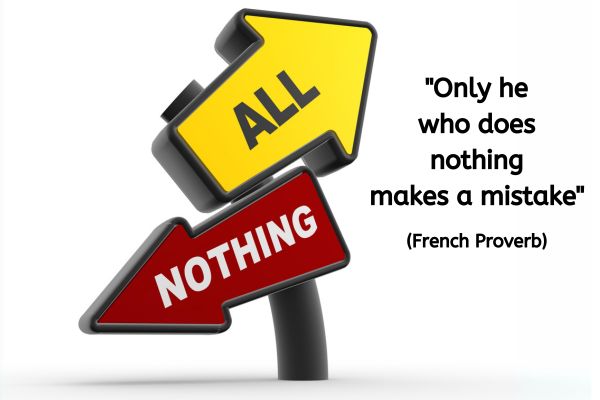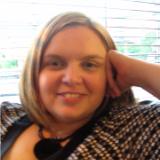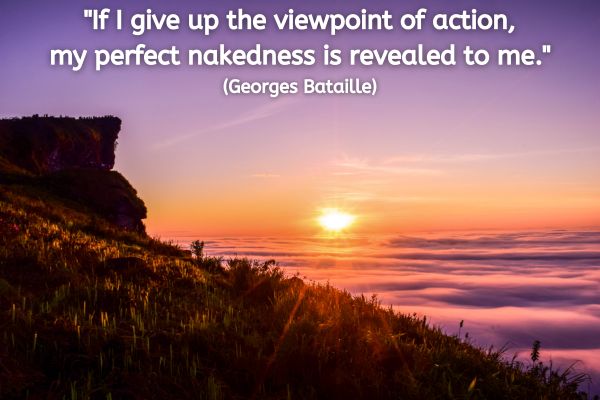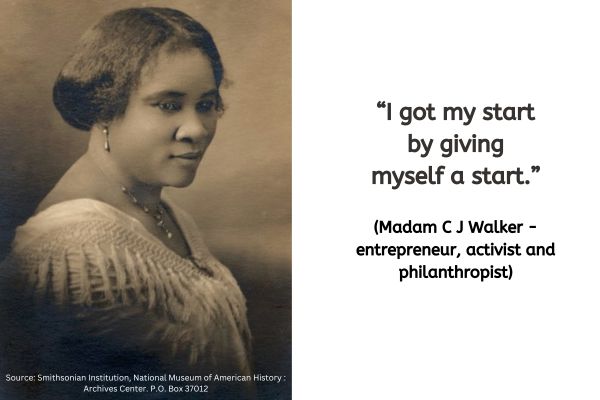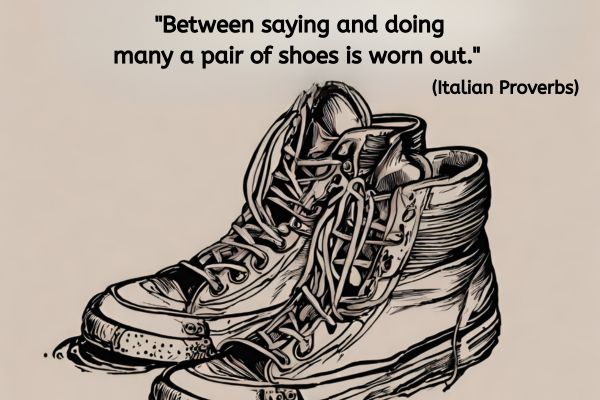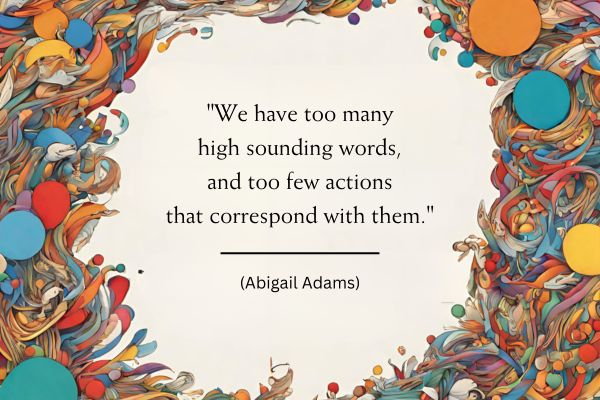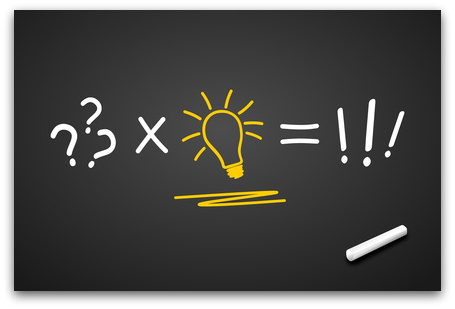In this week’s guest post coach Janet Zaretsky shares some of her knowledge and experience in:
So You Want Results? Here Is the Formula

As I was talking to my client, Sarah, she is complaining that she is working very hard and is not getting the results she wants. So, we get into a conversation about why that is and discover that she was doing great, producing the results she wanted in her business for months, and then… she simply stopped doing the activities she was doing that led to the results in the first place. Light bulb moment… she said, “I thought I did enough and now I could just coast!”. When she saw that ‘coasting’ cost her results, the fix was easy and turned her business results back around.
I find this is a common scenario and in all the work I do with my clients about their success, I have identified a formula that works brilliantly. Here is what I have identified and what you can do to produce results.
First, I know that most likely you ‘know’ this, but it is critical that you operate with this principle in mind: The only things that produces results is Action. Good intentions, good thoughts, wanting, thinking about it, hoping, does not produce results. Really. The only thing that produces actual, tangible results is action. Once you get yourself settled about that fact, the other 3 things that result in a failure to produce results are a function of:
1. Not making promises for results
2. Not taking sufficient amount of action
3. Ineffective actions
Let’s look more deeply into this:
1. Promised results:
a. You need to make promises and create some way of being accountable to someone, other than yourself to honor your promises. Why? Do a bit of an honesty check here- most of us are not reliable to honor promises to ourselves but are much more likely to honor promises when we have to tell someone else. This can be a coach, an accountability partner or a manager.
b. Promise results, not actions. After coaching thousands of people, one thing I know for sure- we, you and I, have good intentions. If you promise actions, you may fool yourself and do what you said, but not do what is needed to produce results. When that happens, you may get stymied as to why you are not producing results. I find it very effective to promise the result- which then has you in action and thinking creatively as you go along to produce the result.
2. Insufficient action:
a. You promise the result, then make a plan. You execute the plan. Then you evaluate the plan (depending on the promise you want to evaluate frequently). When you evaluate, you see that the actions you took were effective, but you did not take enough of them.
b. Easy fix: Build in more of the same actions.
3. Ineffective action:
a. You make the promise for the result. You create a plan. You execute the plan. You evaluate the result and you are not getting the desired results.
b. Evaluate the actions and see what actions were not effective.
c. Create a new plan of actions.
If you take the time to do this simple, yet powerful, strategy whenever you want to produce results, you will always have the power to create and produce what you want!
As always, I love to hear from you. Email me at ja***@***************ss.com
About Janet Zaretsky
In all my years of coaching people one thing I know for sure; you are committed, brilliant and talented and …… sometimes, you doubt yourself, sometimes you get stopped and stuck. Sometime you just need a partner in having you succeed.
I started The Zenith Business to support you in getting everything you REALLY want, in your business, and your life.
I am not fluffy. I tell you like it is. I have a no-nonsense, direct and practical approach. I provide laser, intentional, results-producing business success coaching for entrepreneurs who are up to a big game. If you want someone who is powerful and effective in your corner, I am your coach.
My background includes my first career in large corporations and state agencies, as a Registered Nurse, where I did direct care, management, design and implementation of systems and teams for 21 years.
My second career, as a professional coach, launched in 1996 in the infancy of this industry. This suited me- my mom was right when she said I was a rebel and loved a challenge! Now, almost 20 years later, I have had the privilege of coaching, speaking, designing and leading workshops and courses to over 31,000 people.
I love coaching people to be the best “them” they can be. I have discovered how great people are and how easily we all get stuck and even stopped from achieving our own potential.
I am good at what I do. One of my favorite things someone said about me as a coach is “You are a rare piece of art that cuts through the junk and has people be at the source of manifesting their life by design. You are a master of distinguishing, recognizing, motivating people to see, create, plan and take action in their life and those things that matter to them.”
Connect with Janet Via:
Website: http://www.thezenithbusiness.com
Facebook: https://www.facebook.com/thezenithbusiness
Google+: https://plus.google.com/u/0/
LinkedIn: https://www.linkedin.com/in/thezenithbusiness
Twitter: https://twitter.com/thezenithbiz
YouTube: https://www.youtube.com/channel/UCXT5BGdpx2RUr-gbNZXy3EQ
Article Source: So You Want Results? Here Is the Formula
Ezinearticles expert page: Janet Zaretsky
